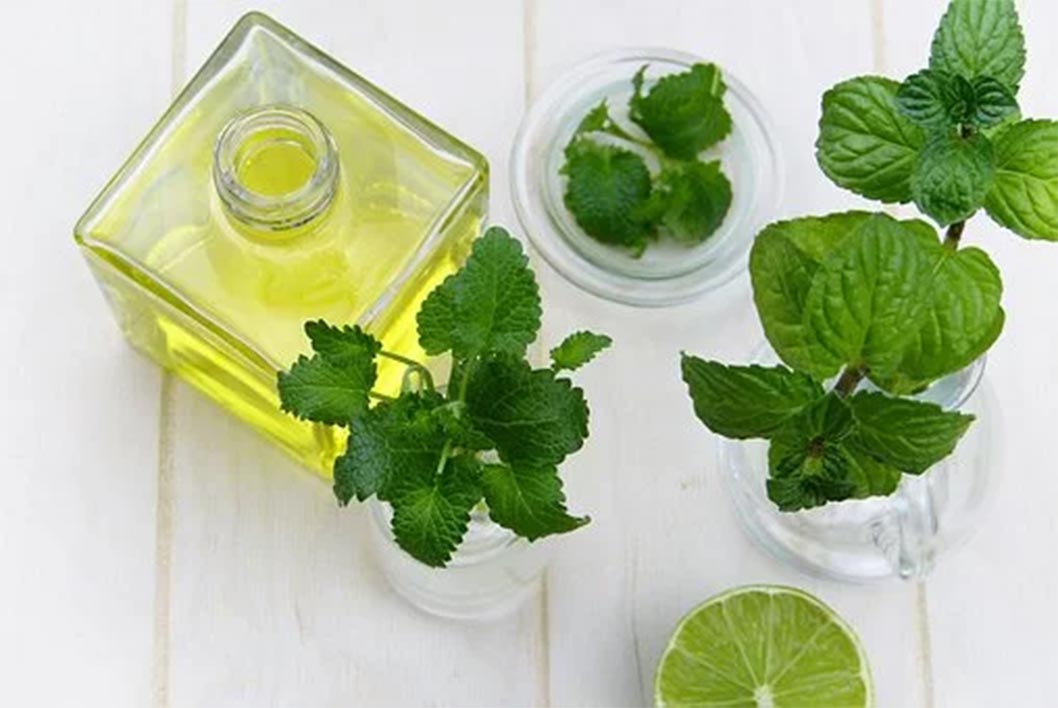Essential oils are concentrated liquids extracted through distillation or cold pressing from certain plants. They’re often used in aromatherapy, a form of alternative medicine that has been in existence for ages.
Examples of carrier oils are coconut, apricot kernel, and jojoba oils. The essential oils are divided into three notes depending on the volatility of their constituents. These notes are critical in finding perfect harmony when mixing different essential oils from different families.
The top notes are usually used when one wants to give a great first impression, the middle notes last longer and are considered as the core of fragrances and the base notes are known to balance emotions.
You might not know it yet, but essential oils are called essential for a reason. Their most significant use is in aromatherapy. According to Dr. Christoph Streicher, the founder of Amrita Aromatherapy, essential oils can be used to provide healing as well as pain relief, emotional balance, skin care, and a wide range of other health benefits.
Depending on the essential oil combination, some aromatherapy mixtures are designed to combat headaches, soothe allergies, relieve stress, treat inflammation, cure insomnia, enhance vitality and so much more. Simply put, essential oils use aroma to provide treatment, relief, and healing.
These oils are categorized into eight aroma families, each with its own distinctive aroma. Each family can have more than one note and the notes are top, middle, and base notes. Based on their aroma families, below are the different kinds of essential oils and their uses.
-
Camphoraceous
These are essential oils that have a strong, penetrating, and energizing scent. They are used to aid in clearing a clogged respiratory system. Most of them have middle notes. Examples of essential oils with camphoraceous aroma are camphor, eucalyptus, lavender, laurel leaf, and cajeput.
-
Herbaceous
They consist of essential oils that are described as grassy because they are usually associated with wet lush foliage and are reminiscent of herbs, fresh leaves, and moss. Most of them are often middle notes. They are used to balance emotions and promote positive thinking, as well as a calming agent for people with unstable mood, anxiety, and stress. Examples of oils with herbaceous aroma include oregano, catnip, hyssop, fennel, and parsley.
-
Citrus
The essential oils in this family are light with scents that are fruity, mimicking the characteristics of the extracted rinds. Most of the oils in this family have top notes. These oils are mainly used to stimulate spiritual and mental vigor, reduce stress and anxiety, as a popular addition to antibacterial oil, and also as a deodorant. Examples of essential oils with citrus aroma are lemon, orange, lime, tangerine, and mandarin.
-
Woody
They consist of essential oils that have a deep, lingering and warm scent that is reminiscent of damp soil. They are considered sensual, soft, and masculine, with most of them having middle or base notes.
These oils are used to promote a sense of security, comfort, and well-being. They’re also used in providing emotional balance and are also considered to be aphrodisiacs. Essential oils with woody aroma include rosewood, fir, sandalwood, pine, and juniper berry.
-
Minty
It consists of essential oils that are known for fresh fragrances. They can be top, middle or base notes, making them a very popular family when mixing various essential oils and developing custom scents. They are used to promote mental clarity and promote motivation in the user. Examples of essential oils with minty aroma are spearmint, peppermint, and wintergreen.
-
Musky
These essential oils have a deep rich aroma that is earthy, smoky, sweet and woody. They are often used to promote a casual feeling during bouts of stress, thus promoting inner calm that can be useful when meditating. They also promote intimacy. Examples of essential oils with musky aroma are benzoin, myrrh, elemi, and frankincense.
-
Spicy
This family consists of essential oils with an intense, exotic, and warm aroma that is often associated with great memories, stimulating focus and energy. Examples of essential oils with spicy aroma include basil, cinnamon, cumin, ginger, and nutmeg.







